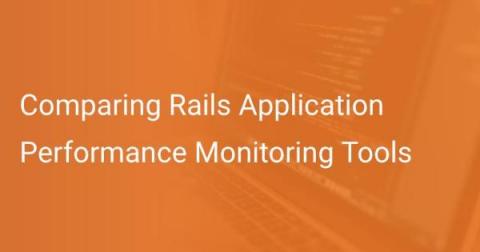Alerting has landed: Never miss another mission-critical issue again
Time is of the essence when identifying and resolving issues in your software. The longer it takes for a fix to be deployed, the greater the consequences for your customers. Visibility and speed are core to what makes Raygun powerful and is why today we're excited to continue this journey with our latest feature - Alerting.









